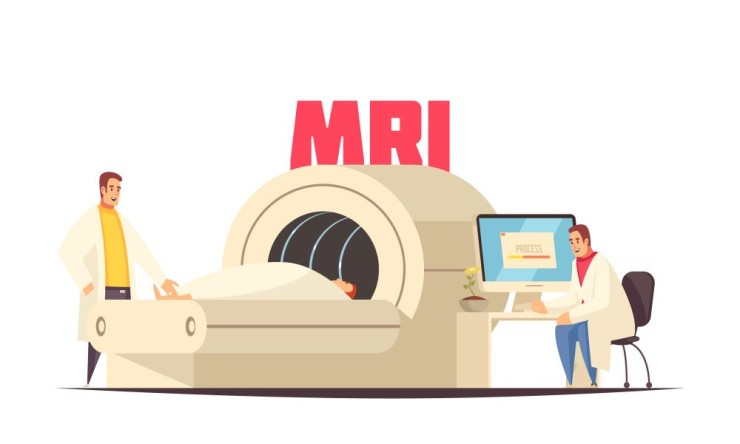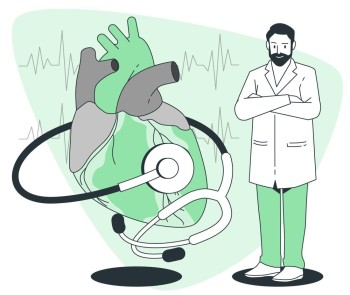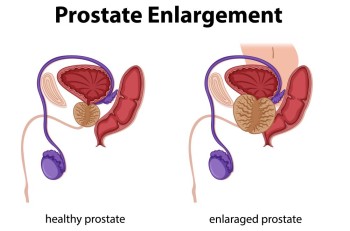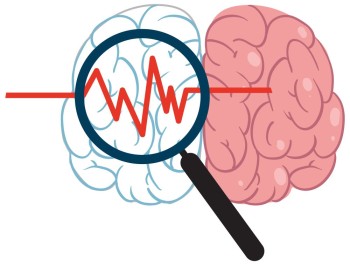
MRI angiography, a non-invasive imaging technique, has emerged as a valuable tool for assessing vascular structures.
Angiography of Both Lower Limbs MRI with Cost
MRI Angiography of Both Lower Limbs: A
Comprehensive Guide
MRI angiography, a non-invasive imaging technique, has emerged as a valuable tool for assessing vascular structures. In this article, we delve into the intricate details of MRI angiography focusing on both lower limbs, exploring its significance, preparation, procedure, benefits, and more.
Introduction to MRI Angiography
MRI angiography is a medical imaging technique that employs magnetic resonance imaging to visualize blood vessels in a detailed and non-invasive manner. This advanced technology has revolutionized vascular imaging, providing physicians with precise insights into blood flow and potential abnormalities.
Importance of Lower Limb
MRI Angiography
Understanding the vascular health of the lower limbs is crucial for diagnosing various medical conditions such as peripheral artery disease, deep vein thrombosis, and aneurysms. Lower limb MRI angiography plays a pivotal role in early detection, allowing for timely intervention and improved patient outcomes.
Preparation for the Procedure
Before undergoing lower limb MRI angiography, patients may need to follow specific preparation guidelines. This includes fasting for a certain period and informing healthcare providers about any existing medical conditions, medications, or allergies.
Procedure Overview
The MRI angiography procedure involves the use of a powerful magnetic field and radio waves to create detailed images of the blood vessels in the lower limbs. The patient is positioned within the MRI machine, and the imaging process captures cross-sectional views, enabling a comprehensive assessment.
Advantages of MRI Angiography
Unlike traditional angiography methods that may involve invasive procedures, MRI angiography is non-invasive, eliminating the need for catheters or contrast agents. It provides high-resolution images without exposing patients to ionizing radiation, making it a safer alternative.
Common Indications for
Lower Limb MRI Angiography
Lower limb MRI angiography is recommended for various indications, including leg pain, swelling, discoloration, or suspected vascular abnormalities. Physicians may prescribe this imaging modality to investigate symptoms and establish a precise diagnosis.
Interpretation of Results
Interpreting the results of lower limb MRI angiography requires specialized medical expertise. Radiologists analyze the images, identifying potential issues such as stenosis, aneurysms, or blockages. The detailed insights aid in formulating an accurate treatment plan.
Risks and Safety Measures
While MRI angiography is generally safe, certain precautions are essential. Patients with pacemakers, metallic implants, or claustrophobia may need special consideration. Adequate safety measures are implemented to ensure a smooth and secure imaging experience.
Comparisons with Other Imaging Techniques
Comparisons with alternative imaging techniques, such as CT angiography or Doppler ultrasound, highlight the unique advantages of MRI angiography. Factors like image quality, radiation exposure, and diagnostic accuracy contribute to the preference for MRI in specific cases.
Enhancements and
Innovations in Lower Limb MRI Angiography
Advancements in technology continue to enhance the capabilities of lower limb MRI angiography. Innovations like contrast-enhanced techniques and 3D imaging contribute to increased accuracy and efficiency in vascular assessments.
Patient Experience and Comfort
The non-invasive nature of MRI angiography contributes to a more comfortable patient experience. The absence of needles or incisions, coupled with the relatively short duration of the procedure, enhances patient comfort and acceptance.
Follow-up Care and Recommendations
After undergoing lower limb MRI angiography, patients receive detailed reports from their healthcare providers. Follow-up care may include additional tests or consultations based on the findings, ensuring comprehensive and personalized medical attention.
Case Studies and Success Stories
Real-life case studies and success stories showcase the effectiveness of lower limb MRI angiography in diagnosing and treating vascular conditions. These narratives provide insights into the impact of timely imaging on patient outcomes.
Expert Insights and
Recommendations
Leading experts in vascular imaging share their insights and recommendations on the evolving landscape of lower limb MRI angiography. Their perspectives on best practices, ongoing research, and future developments contribute to the continuous improvement of this diagnostic modality.
Conclusion
In conclusion, MRI angiography of both lower limbs is a valuable diagnostic tool offering detailed insights into vascular health. Its non-invasive nature, coupled with advancements in technology, makes it a preferred choice for assessing a range of vascular conditions. Patients benefit from accurate diagnoses, timely interventions, and a more comfortable imaging experience.
FAQs (Frequently Asked Questions) about Lower Limbs Angiography MRI
Is MRI angiography painful?
No, MRI angiography is a non-invasive procedure and is generally painless. Patients may experience mild discomfort due to the need to lie still during the imaging process.
How long does a lower limb MRI angiography take?
The duration of the procedure varies, but it typically takes around 30 to 60 minutes to complete the imaging of both lower limbs.
Are there any side effects of lower limb MRI angiography?
Generally, there are no significant side effects. However, some patients may experience mild allergic reactions to contrast agents, if used.
Can anyone undergo lower limb MRI angiography?
While it is a safe procedure for many individuals, those with certain medical conditions or metallic implants may need to consult with their healthcare provider before undergoing MRI angiography.
How soon can I expect the results of the MRI angiography?
Patients usually receive the results within a few days after the procedure. The healthcare provider will discuss the findings and any necessary follow-up steps during a consultation.
Can pregnant women undergo lower limb MRI angiography?
Pregnant women are generally advised to avoid MRI scans, especially during the first trimester. However, individual cases may vary, and consultation with a healthcare provider is crucial for personalized guidance.
Is there any age restriction for lower limb MRI angiography?
MRI angiography is safe for individuals of various age groups. However, factors like the patient's ability to stay still during the procedure may influence the decision, particularly in pediatric cases.
Are there alternatives to contrast agents in MRI angiography?
Yes, some MRI angiography procedures can be performed without contrast agents. However, the choice depends on the specific diagnostic requirements and the patient's medical history.
What should I wear during a lower limb MRI angiography?
Patients are usually provided with a hospital gown to wear during the procedure. It's essential to remove any metal objects, such as jewelry or clothing with metallic elements, to ensure accurate imaging.
Can I resume normal activities immediately after the MRI angiography?
Yes, patients can typically resume their regular activities immediately after the procedure. Unlike some other imaging techniques, there is no recovery time associated with MRI angiography.
(0)
Login to continue



